Recently, business owners have been asking me about “micro boards” and “flash boards.” These are temporary boards designed to address a specific challenge or growth goal. Think of them like the various pop-up stores that are springing up everywhere.
Flash boards are especially helpful in startup and high-growth firms where the pace of change is extremely fast. Companies that are undergoing dramatic change may benefit from a board that is designed around a specific need. The advisors come in, fix the problem, and disband. The duration could be anywhere from a month to a year, depending on the complexity of the requirement. This board can take the place of a regular board, or work in conjunction with a board, depending on the requirement.
How micro boards can help
A micro board is often seen in larger organizations, where departments may want to address a specific challenge or launch a new initiative. The board members are typically internal leaders, but external experts can be integrated to provide an outside perspective.
Some of the challenges these types of boards address include:
• Implementation of new processes
• Assessments of new technology solutions
• Evaluation of potential acquisition targets
• Evaluation of potential outsourced solutions
• Construction of a capture management strategy for an unusually large procurement
• Evaluation of M&A offers
• Migration/expansion from a services firm to a product firm
Get it right from the start
The process of selecting these board members is the same as the traditional advisory board process. Using the SCALE Model, a leadership team would first assess what they need, and then go secure the advisors. The vetting process would also be similar, albeit with different requirements.
Even for an independent initiative that justifies the creation of its own advisory board, it’s important to set out a clear mission statement and set of core values. These elements provide direction for the team responsible for carrying out the initiative, and for the advisors who will assist. Once the project stakeholders have created these elements, they should lay them out in a board search document. The board search document should outline the parameters of this initiative:
• Mission of organization
• Mission of this initiative and how it supports the overall company mission
• Values of the organization
• Values for this initiative and how they align with the company values
• Why you need this specific board
To ensure a successful implementation, it’s essential that the CEO of the company (or internal department head) is as clear as possible regarding expectations. The leader must clearly convey time requirements (in person and remote), roles and responsibilities, compensation, expected duration of the board service, and the expected outcome.
Unlike traditional boards, micro boards and flash boards are launched with very specific objectives, and an approximate timeline from beginning to end. And they absolutely require clearly defined roles, objectives and outcomes.
When thinking about your company, what specific initiatives do you want to implement that would benefit from four to six dedicated external experts? These may be perfect candidates for a flash-board model. Please let me know if you decide to try it.
Do you have an advisory board, or are you looking for advisory board members? If so, please email me! I am now leveraging my online column to profile successful advisory boards, and to help those that are seeking advisors.
Marissa Levin is CEO of Successful Culture, a consulting firm that helps CEOs build excellent cultures. She is the author of Built to SCALE. www.successfulculture.com. Contact her at [email protected] or on Twitter @marissalevin. Contact us at [email protected].

